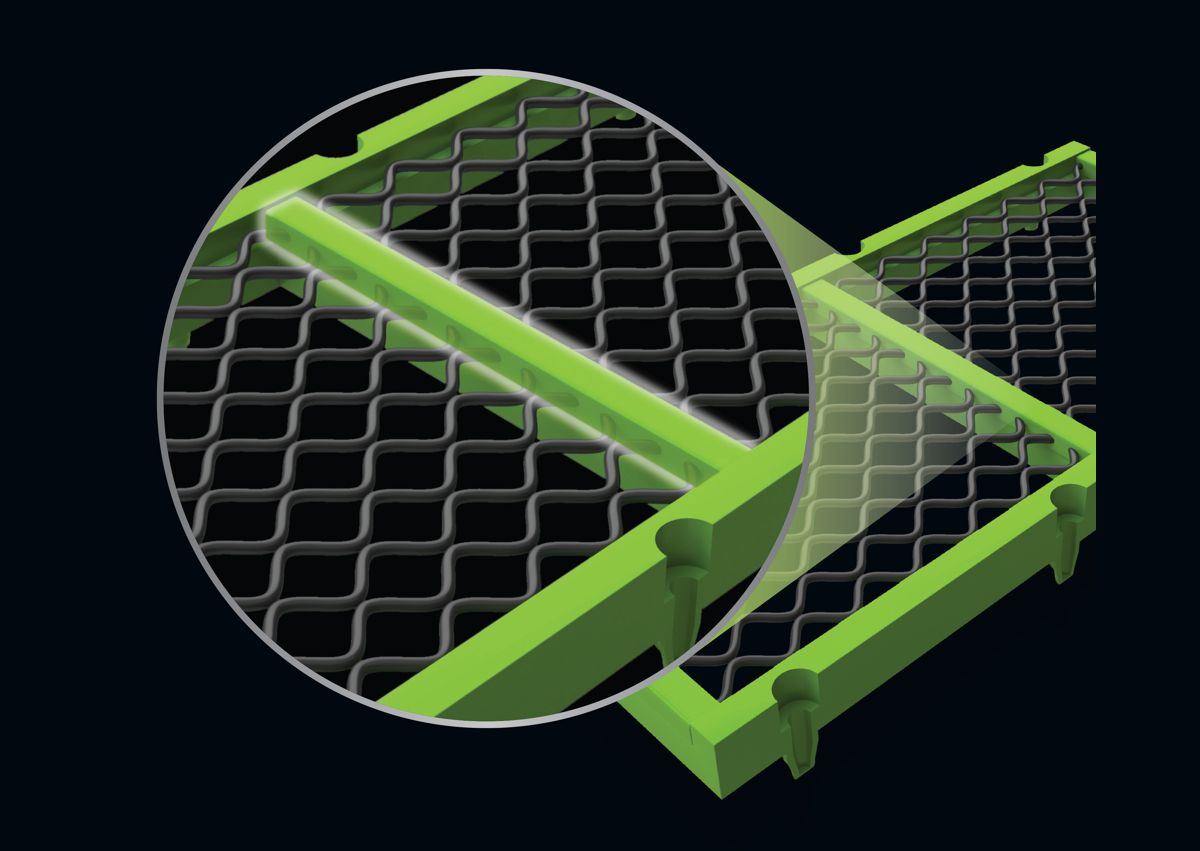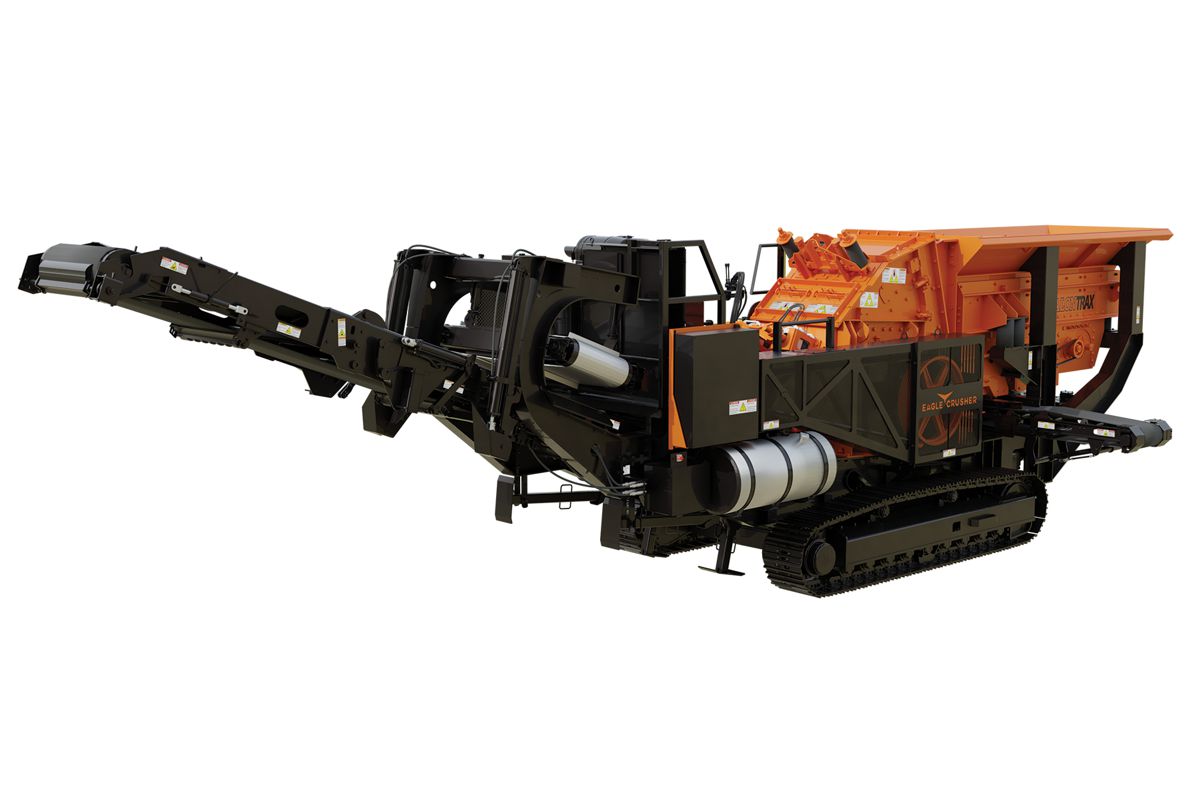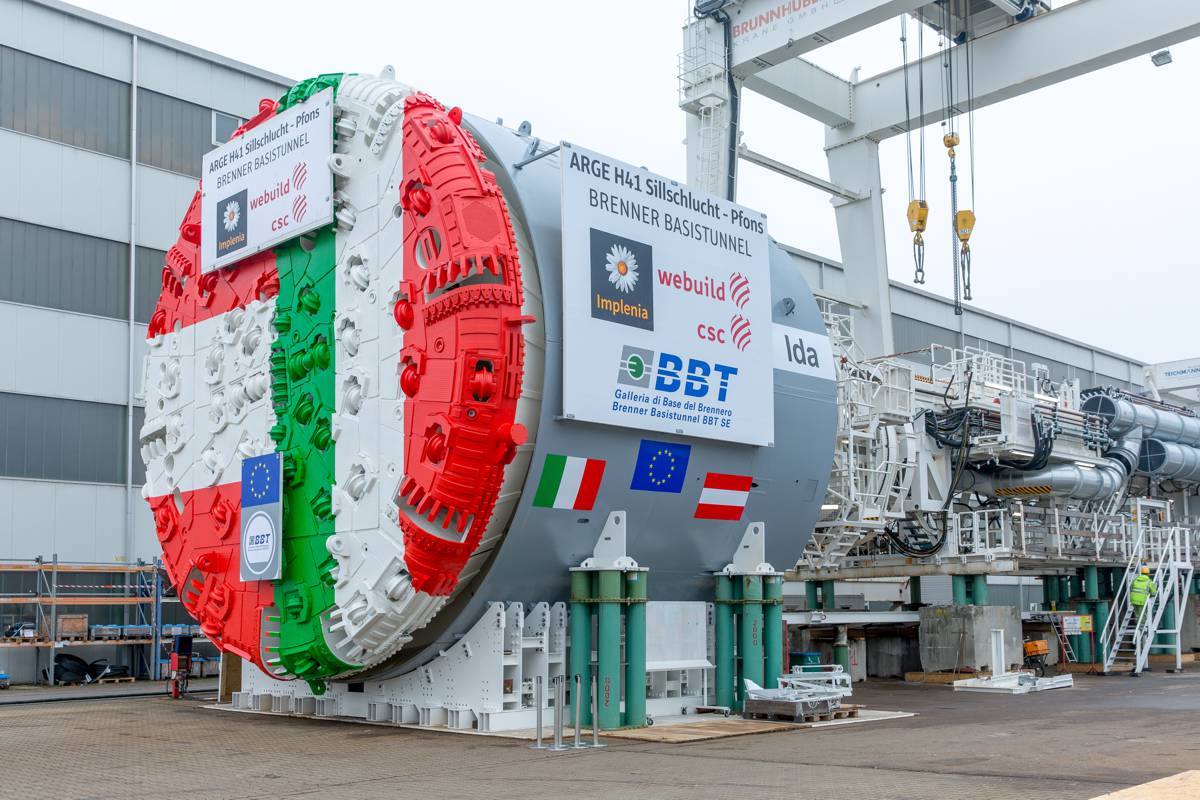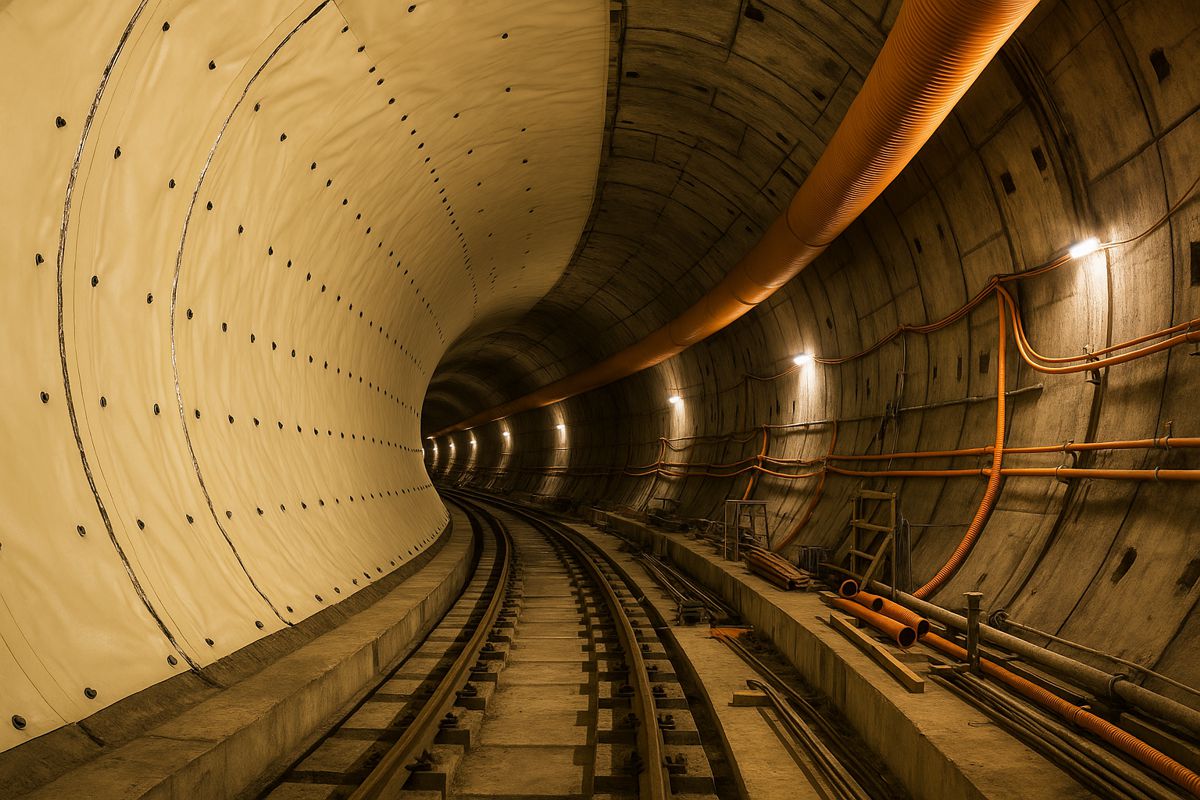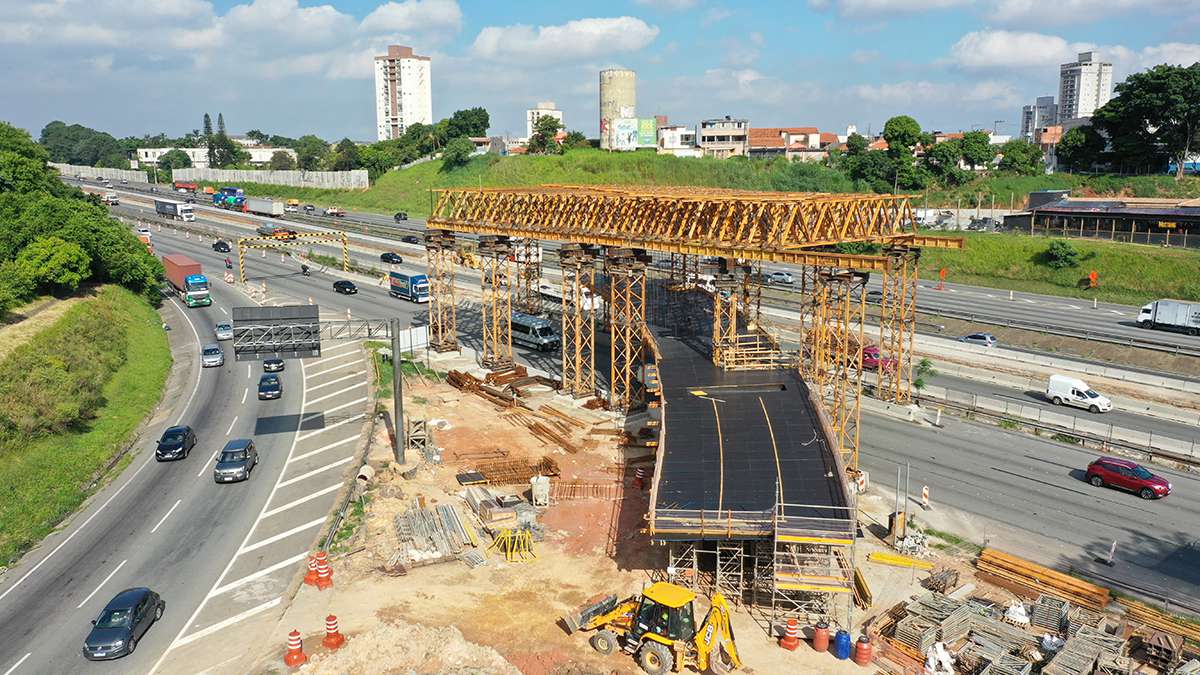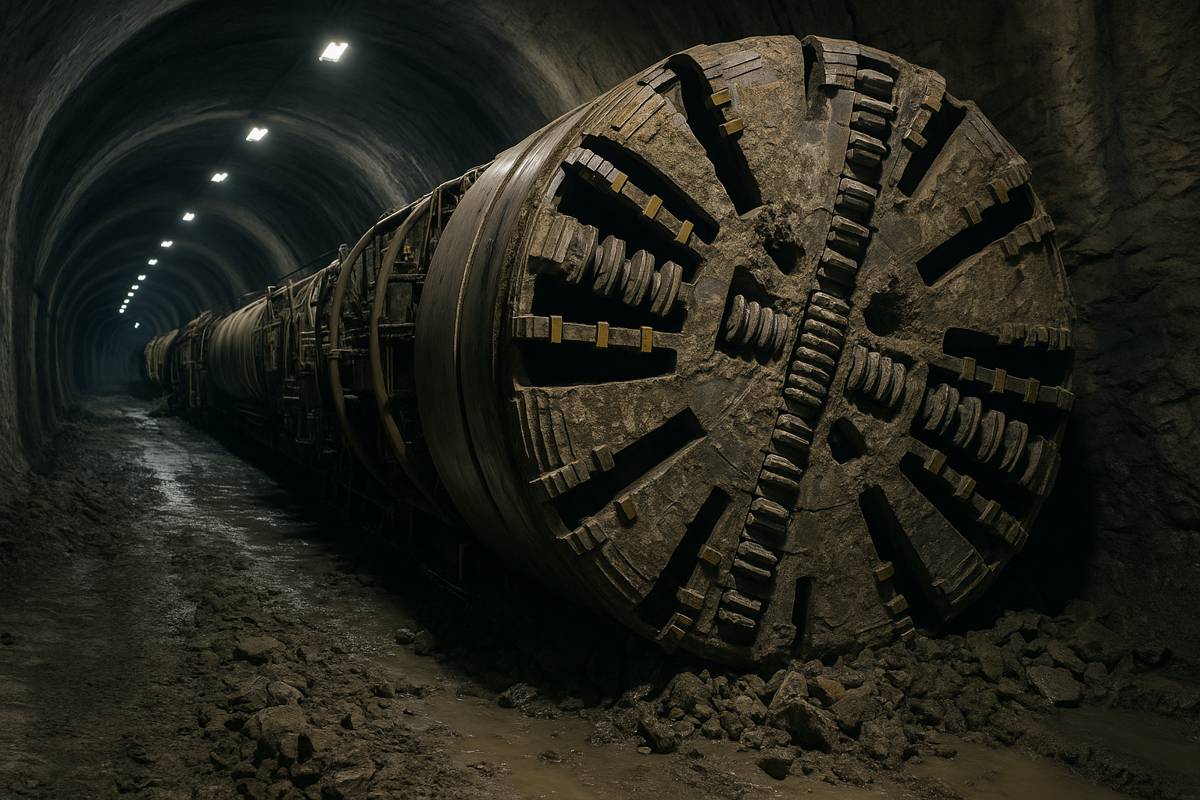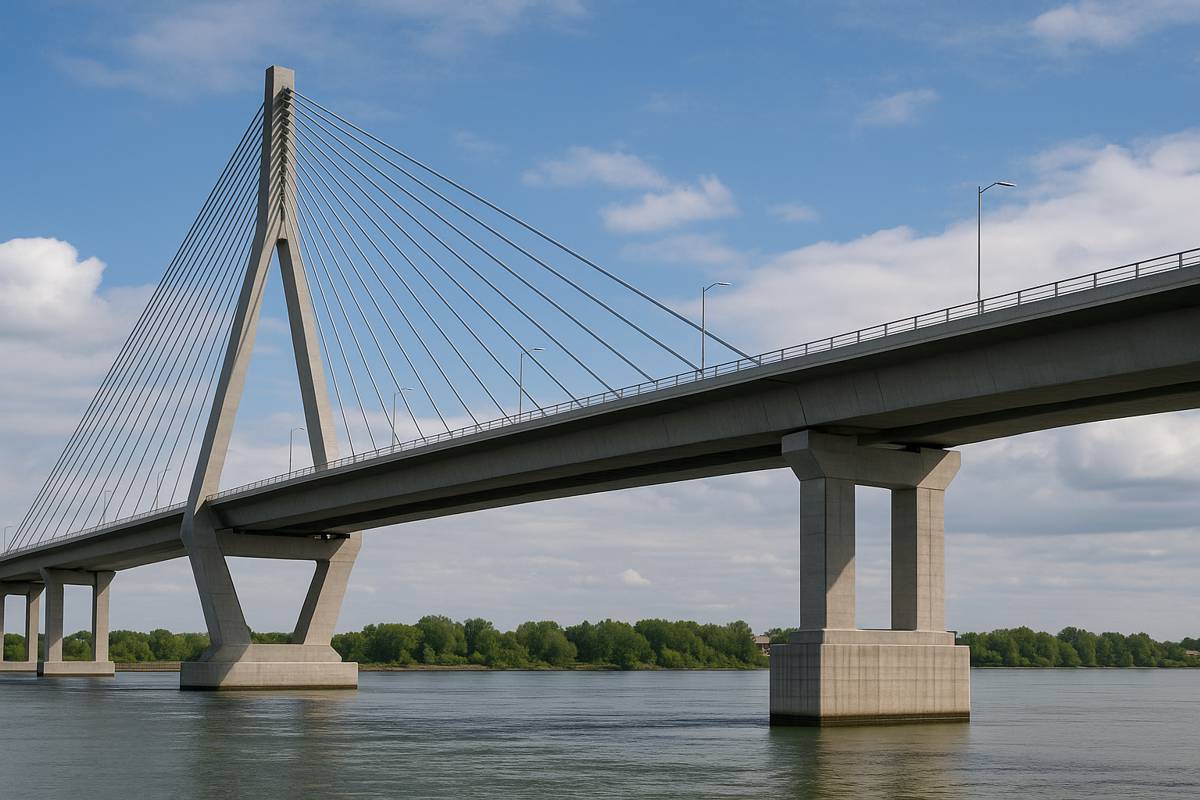15 km HDPE water supply pipeline for new Mozambique graphite mine
The Australian industrial minerals and technology company is to represent the largest graphite resource with multiple projects at Balama in Mozambique and efforts are under way to leverage this unique mineral. One such project is the recent construction of a new graphite mine, which involves the installation and commission of a 15-kilometre-long 315 mm HDPE pipeline for the supply of water.
Originally discovered more than 120 years ago, the rich deposits of graphite were described by Nyassa Company geologist and engineer, John H. Furman as, “the greatest deposits of graphite, of a most excellent quality, which I think have ever been found. They extend several miles in length and will aggregate more than 700ft in thickness.”

The project, whose main stakeholders are IEPS, Tayanna Mozambique and Syrah Resources, required a reliable water supply pipeline, for which Plasti-Tech Piping Systems, provider of world-class thermoplastic piping systems, was commissioned.
“The water supply pipeline project had a very strict deadline for completion, which I am pleased to say, was met by using the two Hürner ECO CNC (Computer Numerically Controlled) 2.0 355 mm butt-weld machines day and night until completion,” comments Bradley Chamont, Plasti-Tech Managing Member, comments. “We had four teams of eight people each, including four butt-welders and four assistant welders working around the clock to complete our work on the project and have them and our top-quality equipment to thank for another job well done,” he says.
Plasti-Tech have been involved with the sale of German-made Hürner welding equipment for five years and were appointed to this project based on their offering of the unique Hürner CNC model butt-weld machine at a competitive price.

The Hürner way
The Hürner CNC ECO 2.0 is a next-generation plastic butt-welder that is both durable and manufactured in strict compliance with international standards. “The CNC ECO 2.0 comes in 12 basic machine chassis models, which can join pipes as wide as O.D. 1600 mm in diameter. The unit is easy to transport and comes with a fully encased CNC hydraulic and control box of ingress protection (IP) of 54, handling pressures of up to 220 bar,” says Chamont.
The heating element of the CNC ECO 2.0 is covered with an anti-stick coating and, along with the facing tool, is connected to the chassis of the unit on the hydraulic and control box. During the welding process, the heating element temperature and pressure control are implemented in line with applicable standards; all parameters for a good quality, reproducible joint are carefully monitored throughout the welding process and the related information is saved to the unit’s memory, which handles up to 10 000 reports.
The Hürner CNC ECO 2.0 also represents innovation in user identification and access control in butt-welding technology. “Data is made available to the hydraulic and control box by the error-proof and user-friendly RFID (radio frequency identification) technology, which makes it so unique,” says Chamont.

Hürner’s CNC ECO + 2.0 model also features the HDC, or Hürner Distance Control, which is a sensing system for accurate verification of proper welding and welding process preparation.
“As a company whose expertise and experience lie in bringing high-end thermoplastic piping system technologies to southern and sub-Saharan Africa with after-sales support to match, Plasti-Tech Piping systems was well positioned to serve this project best,” Chamont notes. “Water supply is a key aspect of successful mining, because without it the mine cannot operate. At Plasti-Tech, we are pleased to have played our part in paving the way for a smooth and hassle-free transport network for the delivery of this resource to the graphite mine at Balama; this represents to us not only another satisfied customer, but a firmer foothold on the African market and an open door to future export projects,” he concludes.

Construction of the new mine commenced in June 2017 with operations set to commence by September 2017.









